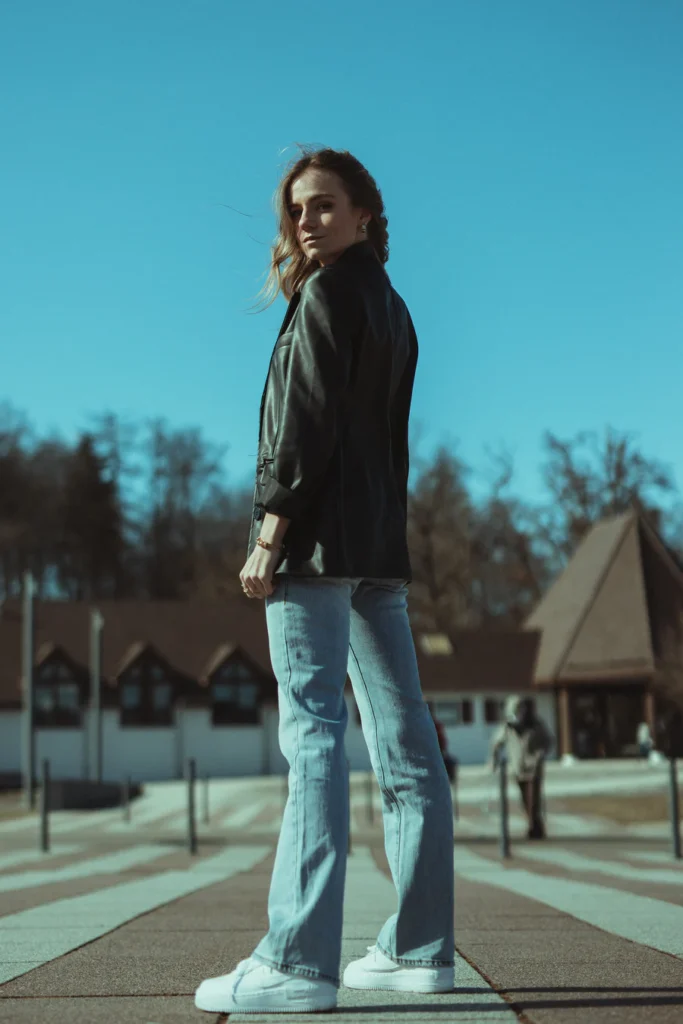Leading Lines in Composition: What are they and how to take better photos with them
Leading lines is one of many photographic compositional guidelines, a sort of rule if you like. The purpose of using leading lines in photography is to draw the attention of the viewer towards where the main subject of focus is in the image. Mastering this essential skill or rule of photographic composition adds a completely different dimension to your photography.
Drawing the attention of a viewer’s eyes into a photographic composition is achieved in many ways. You can use the golden ratio or an adaption of that (the rule of thirds, you can use frames or you can use leading lines.
In most cases when a photographer does that we say s/he has used one of the rules (more like guidelines) of photographic compositions. Many of these guidelines have been taken directly from the world of painting.
In this discussion, however, we shall focus on leading lines.

What are leading lines?
A leading line is a way to create a visual flow that culminates by drawing the attention of the viewer towards the main subject of focus in an image. That subject of focus may or may not be a human form. It could also be a house, or a flower, or anything abstract so long as it is the main subject of focus and the leading lines draws the viewer’s attention towards it.
It is fascinating to see how we humans are compelled to follow a line in a composition. We are naturally drawn to see where it leads to and this inherent fascination is what a photographer (and for that matter a painter) tries to exploit.
Now, there will be some of you who would argue at this point how is this any different from what we already know as paths? A very good question and let me explain this to you in the next part.
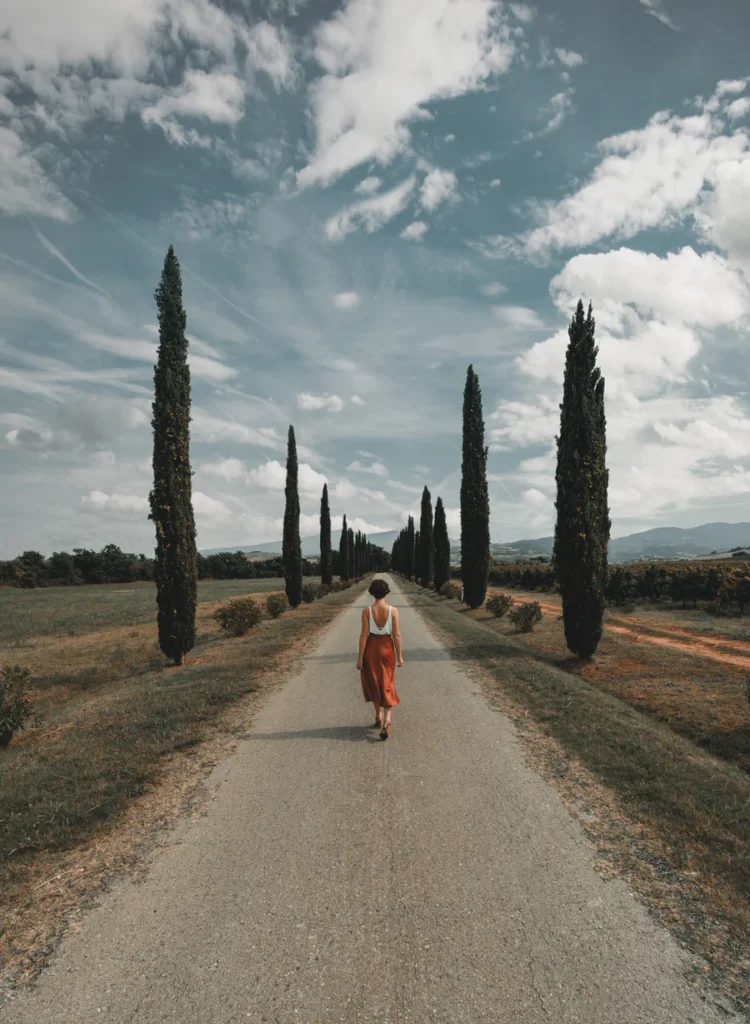
What are paths?
The main difference between a path photo and one where there is a visible use of leading lines is in the way the main subject of the photo has been treated. You see when a photographer uses simply a path in her photo, she is using this to highlight the line itself and the horizon to which it leads. There is never a human element in that photo.
On the other hand, when the photographer uses the leading line technique she invariably places a subject in the photo. Let’s say in the above example a photographer uses a beautiful wooden pathway as the main focus of the subject. The pathway leads away towards the horizon (may or may not be visible in the image). That’s a fine example of using paths in your composition.
Now let’s say that the photographer uses the same composition but now instead of leaving the path on its own she decides to bring in a couple walking down that path. All of a sudden she has changed the focus of the image. The path is no longer the subject of focus. The couple is. That’s an example of leading lines in photography.
Now that you know what leading lines are you would naturally be asking yourself where can I find one? Let’s discuss that in the next segment.

The Easy part – Where to find leading lines?
Well, that’s the easy part. Look around you, leading lines are everywhere! The fence that runs around your house, the long winding road that seemingly leads to nowhere, that curb around the corner of the street, even the tramlines and the train tracks, leading lines are everywhere. They are all around us. We just need to find them and use them in our compositions.

The hard part – Incorporating leading lines in our images
As we just realized above finding leading lines isn’t the hardest part of the job. Using them in our compositions is.
As we learned in the above paragraphs, the basic difference between a composition that uses leading lines and one that uses pathways is the point of focus. The trick to using leading lines in your composition is to find something interesting that’s moving into the frame, and waiting for that to position itself in the frame so that it works with the leading lines.
Alternatively, you can ask your model to position in the frame in a way so that the leading line and everything else works in tandem.

Let’s take an example.
You come across this beautiful mountain road that seems to meander and blend with the horizon in the distance. It is a beautiful scene no doubt but without a human element in it is just a landscape image. The pathway that is the mountain road is just a path and not a leading line as we have learned. The only way you can improve the composition and make it more interesting is by introducing a human element in the picture.
So, what do you do? You introduce a person and let’s say that you also introduce a dog just to make things a bit more interesting. Now, take a look at the picture. The meandering pathway now has a point of interest, a human and his dog. If a visitor is looking at the image her eyes would travel down the pathway and then stick to these two characters. You can do this with nature too, a stream that leads to the ocean or a moon in the sky behind a silhouette of trees.
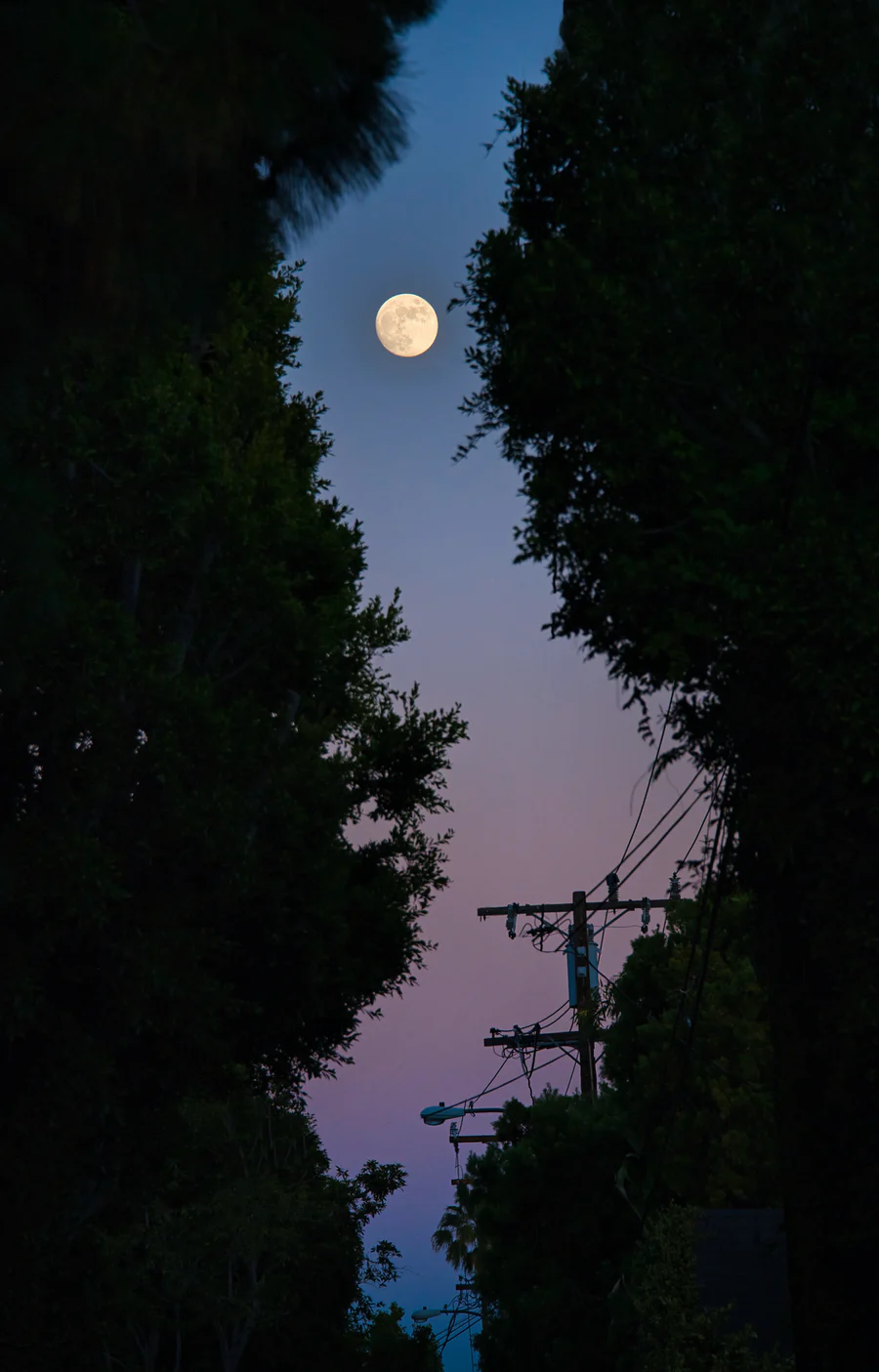
What you need to keep in mind when composing
As we just learned above that finding leading lines is rarely the problem. It is the incorporating that to the subject that’s difficult. So, how do you use those lines in your composition? Well, we have already seen one example where leading lines were used in the composition. Let’s take a look at the steps.
First and foremost as a photographer you have to analyze the scene very minutely. Find out the natural elements in the scene which can serve as leading lines. A curb, a lamppost, a fence, or a street. Whatever you can find through the viewfinder try and visualize if that element can be used in your composition as a leading line.
A viewfinder is perhaps the best way to look at a scene for leading lines because it tends to give a two-dimensional perspective and therefore eliminates the clutter.

Multiple leading lines in a composition? Yes, please!
Don’t be afraid to use multiple leading lines in the same composition. So long as they are all directing towards the subject of your composition. The last thing you would want is to divert and confuse the viewer using multiple leading lines drawing attention to different areas of the image. Then it becomes clutter and a confusing composition.
Using the widest lens helps things
From my personal experience, I have seen that using the widest focal length lens makes the most sense. A wide focal length lens will be able to capture a lot of the scene in front of you and there will be ample scope to capture the leading line with a focus on the subject of the image.
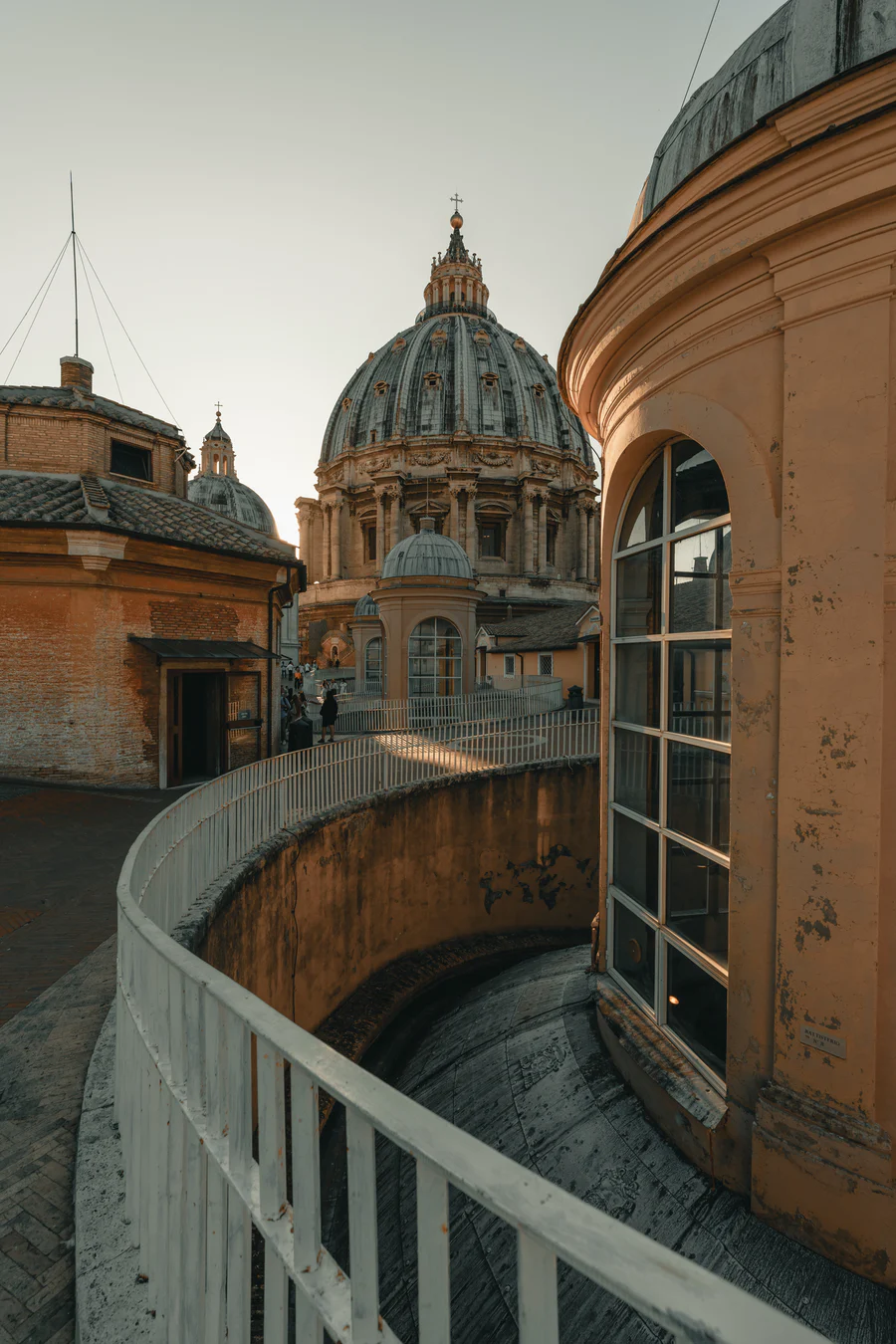
Types of leading lines
If you thought that you have learned everything there is to leading lines hold on for a sec. There is still some more to grasp. Leading lines can be of different types and in this segment of the discussion, we intend to discuss the various types of leading lines.
A. Horizontal leading lines
Often associated with balance and restive position, a horizontal leading line tends to balance out a composition much easier than any other type of leading line.
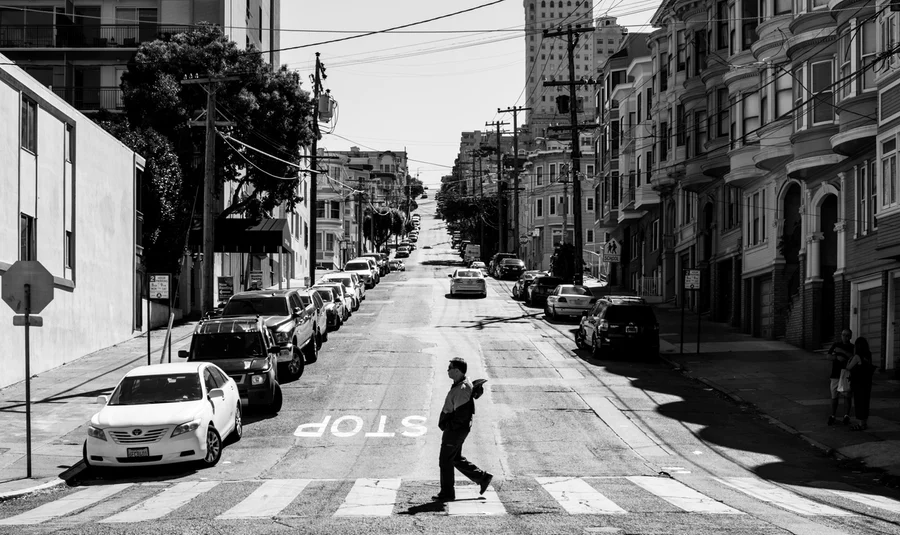
B. Vertical leading lines
The second most popular type of leading line is a vertical leading line. We can find such leading lines in electrical posts, telephone posts, buildings and walls. They tend to impart a sense of authority and power.
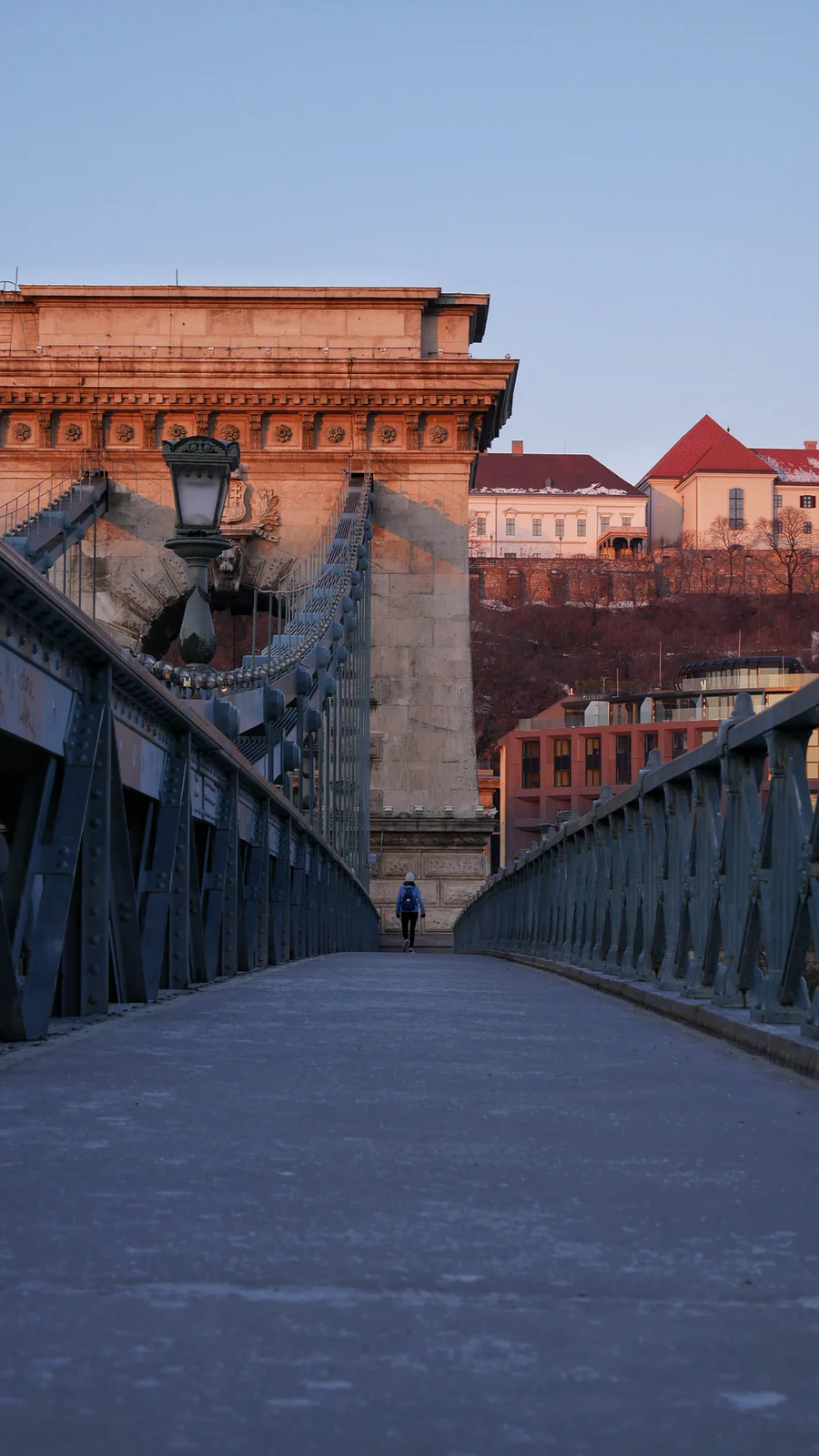
C. Converging leading lines
Perhaps the one that most people associate with the concept of leading lines in the first place. Converging leading lines denotes two lines that seemingly converge at a distance. Railways tracks perhaps are the best example. They are running parallel to each other, but when they are far from you it appears as if they are converging.

D. Curved leading lines
We have already discussed curved leading lines. A pathway, a meandering road, a stream and a street that curves away towards the main road are all examples of curved leading lines. A fence is an example of a curved leading line provided it is not in a straight line.

E. Implied leading lines
Sometimes leading lines are not that obvious in a scene. For example, if you are shooting a street scene with an interesting person and you find there are no visual cues to use as leading lines. Perhaps there are and you are not looking hard enough. You see leading lines are sometimes not obvious and you may have to use implied leading lines to highlight the subject of your composition.
Let’s take an example.
Let’s say that you are shooting a busy market scene and there is this fish seller who looks like an interesting subject. Try and look for angles and lines in the frame which you can use, even though there is nothing obvious. Perhaps a tin-shade with its angle pointing at the subject. A line of boxes all pointing at the subject.
Sometimes leading lines can be subtle. The objective, however, is always the same, to highlight the subject of an image.

Conclusion
Leading lines is a fundamental compositional guideline. When done right it ensures that the viewer’s eyes are drawn towards the main subject of the image. It also adds depth and dimension to your images.

